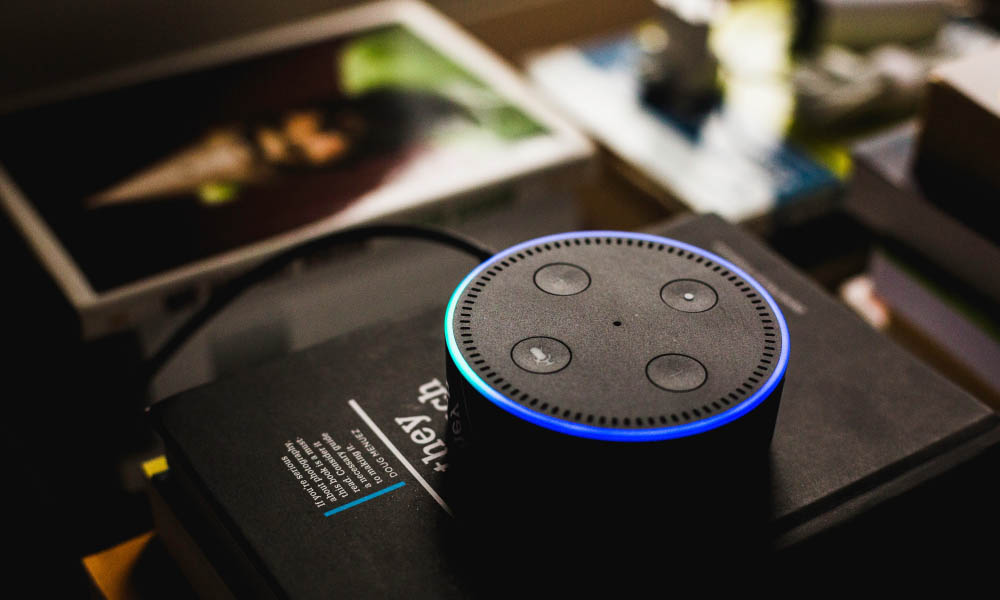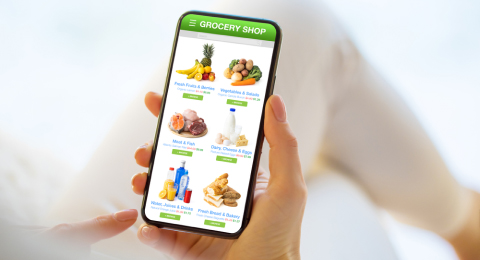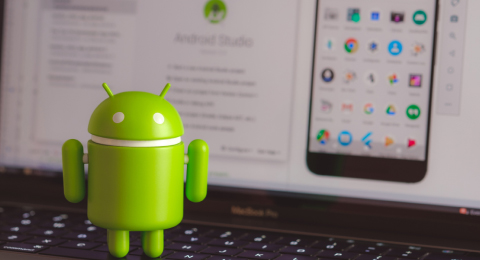
Innovation in technology has always been a historical trend. Whether we talk about driverless cars to sensors to drone deliveries or remote vehicles, advancements in technology have been transforming industries across the world. Today, digitization is everywhere. From reshaping business model to online marketing to advanced security and cloud technology. And, this approach is giving birth to the fourth industrial revolution. Here is a synopsis of how the Internet of Things infrastructure bolsters production capacity and makes the world more connected.
The Internet of Things (IoT) has had a significant impact on how we live, commute and communicate with each other. Today, you can see the wide scope of the internet and mobile technologies are becoming cost-effective and more accessible. Devices are connected with each other in order to filter a considerable volume of data.
What is IoT

The business world is gravely affected by the evolution of IoT. The reason is it not only changes the business operations but also changes how information and data are stored and exchanged across various networks.
In simple words, IoT or the Internet of Things means a network of devices and appliances connected with sensors, software, and actuators in order to exchange information. In short, IoT devices have the capacity to share data in a wired or wireless network. Today, more people are online and can easily connect with each other. They can also store and share a large volume of data and can run a business from multiple locations.
Real-time information can be accessed through different platforms and allow business owners to make informed business decisions. Let’s understand the Internet of Things with a regular example.
We already know today we can access information in real-time from multiple devices. For instance, now you can check whether updates on your smartphone. To avoid road accidents, people are now using the Google Map app to get real-time traffic updates, and this information can also be sent to other people without doing or installing anything.
Internet of Things Technical Overview: Infrastructure
IoT is a vast term and the required component for Internet of Things infrastructure that varies from industry to industry. Moreover, it also depends on several factors such as sensors and measurements, communication protocols, data volume, and analytics. Industry leaders are predicting that everything will be connected in the next few decades. Where you talk about the healthcare industry, agriculture, or retail sector.
No doubt, each industry is trying to sail in ongoing trends and revamping their business models, but the major concern is everyone is not familiar with modern technology solutions. In addition to that, IoT generates lots of data, which puts pressure on entrepreneurs to sort and filter those data through efficient methods such as AI and ML.
But surprisingly, manufacturing and energy companies are now leveraging the Internet of Things infrastructure to improve their products. Even a gift shop basket business now deploying sensors and measuring the temperature of vanish products. If the temperature starts to rise, they can prevent deliveries. Actually, this kills two birds with a single sword, increasing customer satisfaction while reducing product wastage.
Organizations should consider key components of IoT infrastructure as it is the combination of different modules and vendors which consist of following
- Sensors
- Advanced software to interpret data
- Device to transfer data to the data network
- Communication channel to send those data
- The end application services creating the value
Apart from these, there are many other entities associated with IoT such as Node, gateways, platform, cloud, and security. To understand these terms keep on reading.
IoT Platform and Its Components
Whether you are a novice to the IoT sector or a skilled veteran, you perhaps heard the term “IoT platforms” in your studies. Considering the ongoing wave of digitization, IoT platform marketing is roaring at a CAGR of 33% and is expected to surpass $1.6 billion in 2021.
But what does that mean? Let’s grasp the simple definition of it.
IoT platforms are the support hardware of software that connects everything in the IoT ecosystem, and the platform facilitates communication, data sorting, device management, and the smooth functionalities of applications. It means to get the most out of it, organizations need to work with all these components, and that’s exactly what IoT platforms do.
IoT platforms perform underneath tasks,
- Connect hardware or sensors
- Manage different communication protocols
- Provide enhanced security to users and companies
- Collect, summarize and interpret data
- Integrate with other web services
Components of IoT Platform
Earlier, we have gone through the meaning of IoT and its platform, but now you need to understand how it actually works and the components that make it possible. Actually, each component has its own unique set of features and limitations, but here we have presented glimpses of it for your better understanding.
IoT Ecosystem Needs Hardware
It means you need sensors or controllers. These sensors collect data from the end-users (e.g., a chatbot )or perform actions in real-time. Some advanced devices also interact with each other beyond just data gatherings.
IoT Ecosystem Needs Connectivity
You need constant connectivity to devices that interact with each other while transmitting data to the cloud or receive commands from the cloud. This can be done with cellular connectivity or WiFi or Bluetooth technology.
IoT Ecosystem Needs Software
This software enables collected data to host in the cloud. Based on this, an organization can make informed moves related to business expansions.
Last, IoT Needs User Interface
Finally, to make all this work smoothly, you need a web-based application with an IoT system.
Role of Cloud Computing in the Internet of Things Infrastructure
In simple terms, cloud computing means managing data in local storage, and it allows you to access those files and data over the internet.
Cloud computing and IoT go together like peanut butter and jelly. It means they both have complementary relations. They both make everyday tasks easy and establish better collaboration so that organizations can access data and quickly allocate resources in multiple areas. Perhaps this is why SaaS based startups are thriving amid the pandemic. And the restaurant is one of the sectors that are taking advantage of this technology and integrating online ordering solutions as they don’t have to worry about storage. They can upscale the business easily as they only need to pay as per the usage.
IoT today has become a mainstream technology and is capturing a huge market share as it generates a huge amount of data. At the same time, cloud computing paves the way to access those data over the internet. It means from storage to access, IoT and cloud building a strong relationship.
There are some cases that prove that the cloud is essential for the success of IoT; here are aspects that will help you understand better.
- Cloud acts as a remote processor
- Cloud increases the security of data
- Eliminates the need for on-premise hosting
- Better communication between devices
Thus, we can say that cloud computing and IoT have become very close relations, and it would be interesting to see them as future internet technologies.
IoT and Big Data Analytics
First of all, IoT and big data are two distinct technologies, but they are still closely associated with each other. Big data refers to a huge volume of data collected from multiple sources. These data could be in a structured or unstructured format. Now using advanced technologies, these data get merged and come up with certain results, it’s called big data analysis.

Source: ResearchGate
Here the question is how IoT and big data connect with each other and increase business efficiency in the long run. Let’s take a shipping company example.
Shipping companies attach sensors to all their vehicles and monitor all the activities such as speed, status, and other relevant information. Now all they can do is to collect these data from anticipating future maintenance-related activities. Moreover, they can also predict where the company will be standing after a certain time. In short, they can zoom out the picture of the future using current data.
Therefore, big data and IoT walk together and allow companies to use optimum resources, improve productivity, and help them to make smart moves.
How IoT Affects Modern Business Infrastructure
IoT is reshaping the modern business world up to a great extent. From manufacturing to marketing to customer experience, IoT keeps changing business dynamics. Therefore, business owners are harnessing the abilities of it to improve productivity and reduce operational cost. It also enhances security levels and sends real-time notifications if there is any deviation in the process. For instance, if anyone tries to access your desktop in your absence, you will get an instant notification, and you can take action in real-time.
All we can say is organizations that are aspiring to grow will see a significant amount of changes in their operations and profitability than one who is still living in doubt about the implementation of this technology.
Businesses are willing to improve their profitability over time, and these smart technologies are helping them to accomplish their objectives. IoT continues to reshape all sectors in a profound and surprising way.
Time is not far when your water bottle reminds you to have water on an hourly basis. Your smart spoon may stop feeding you high caloric food. Isn’t it amazing? Yes, it is. Overall, we can say that life will be so comfortable with Internet of Things infrastructure.













